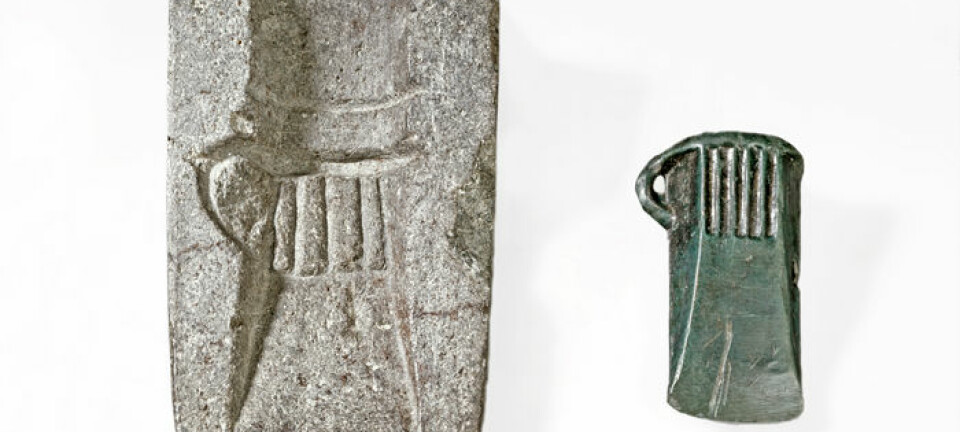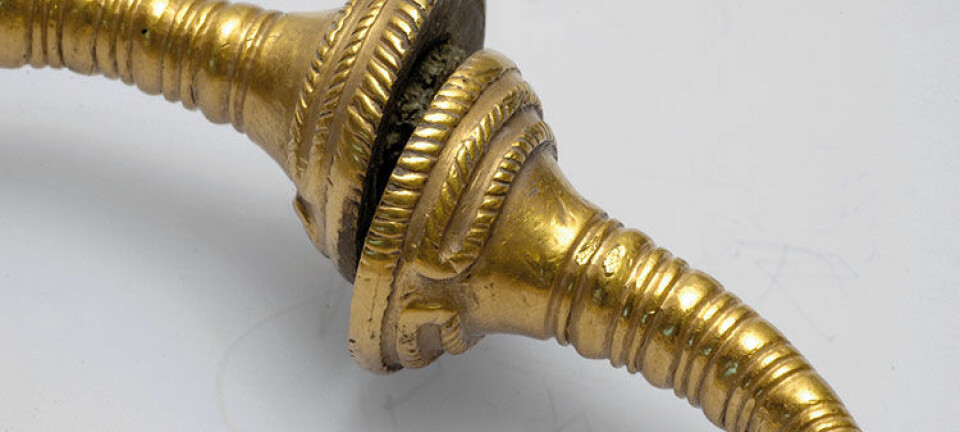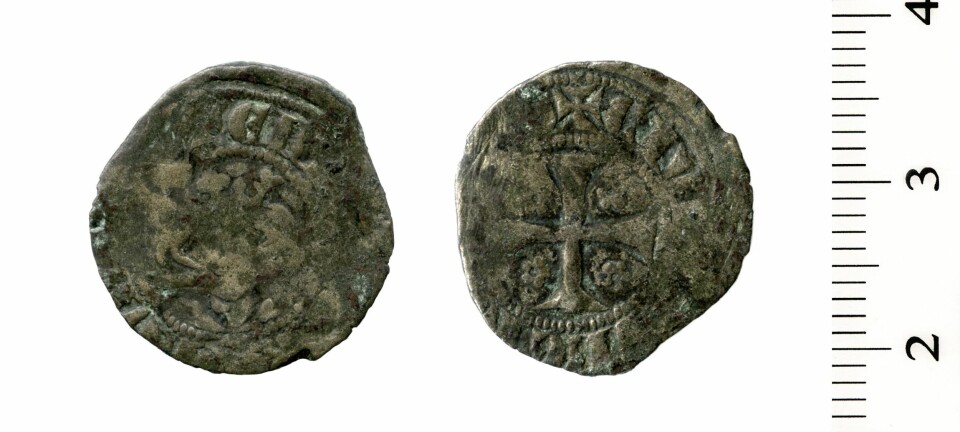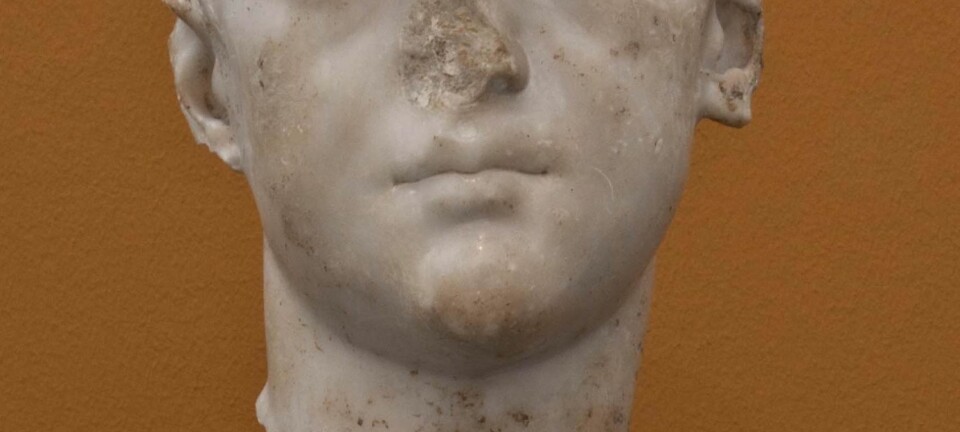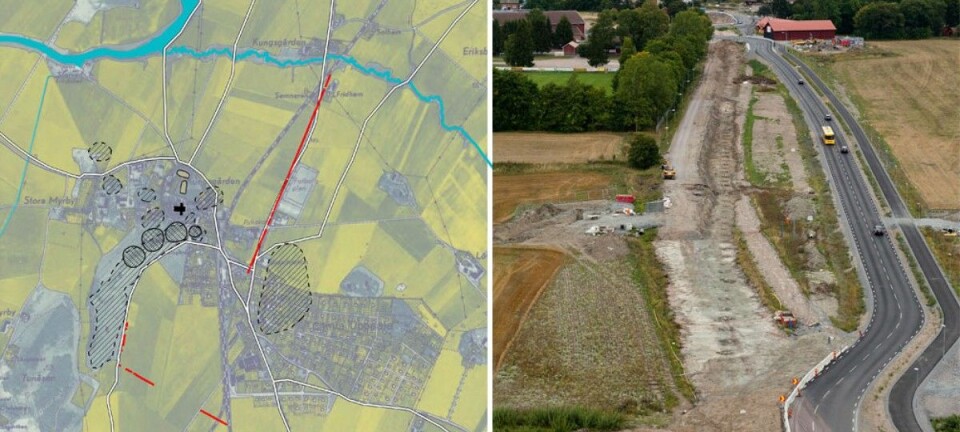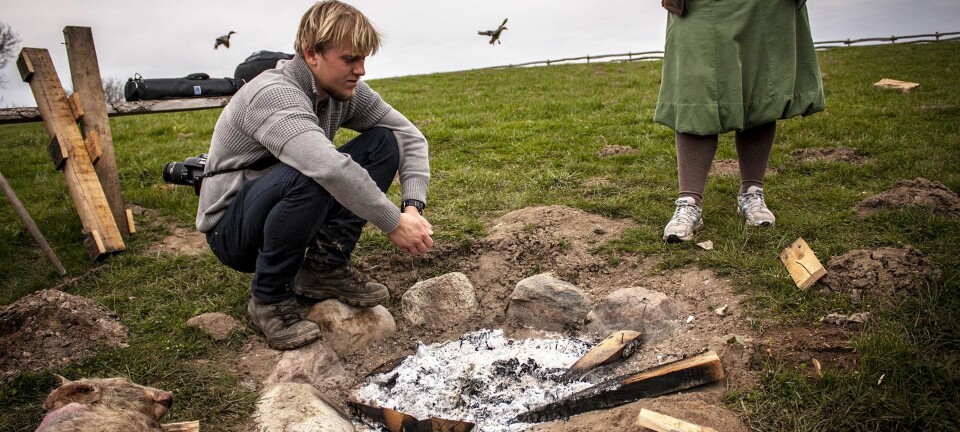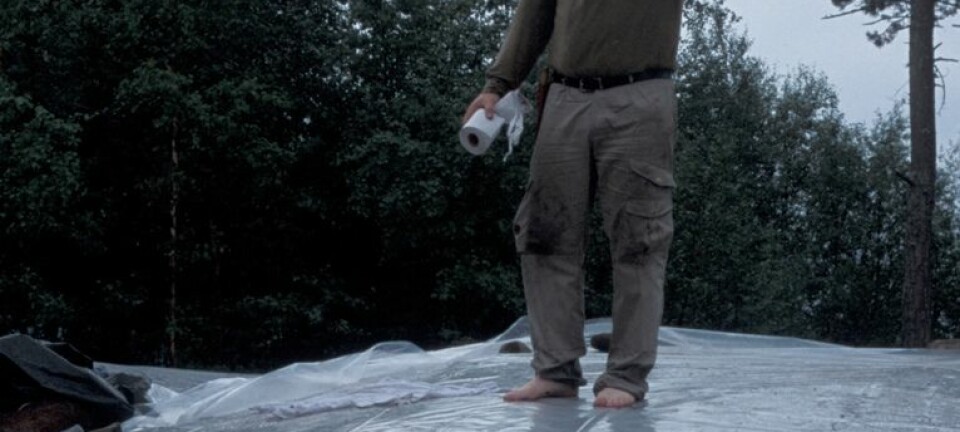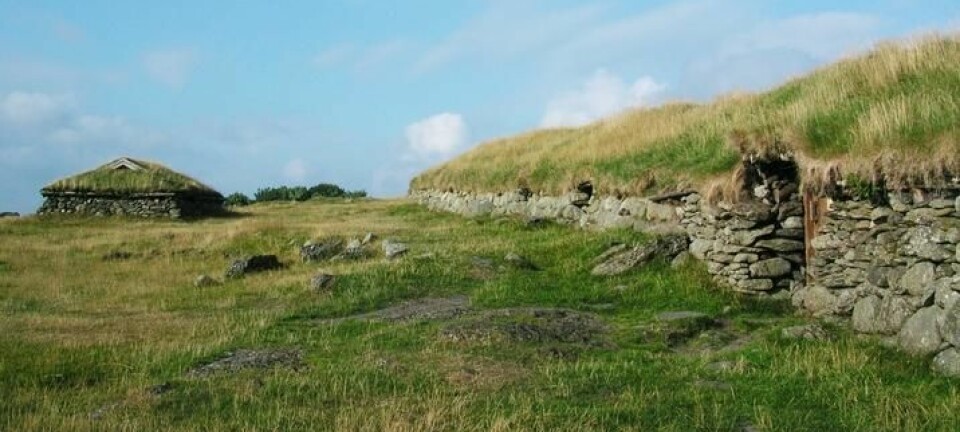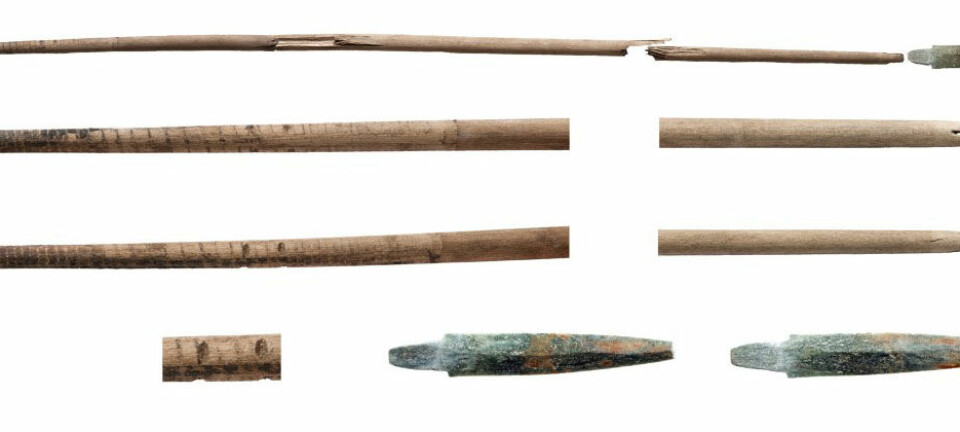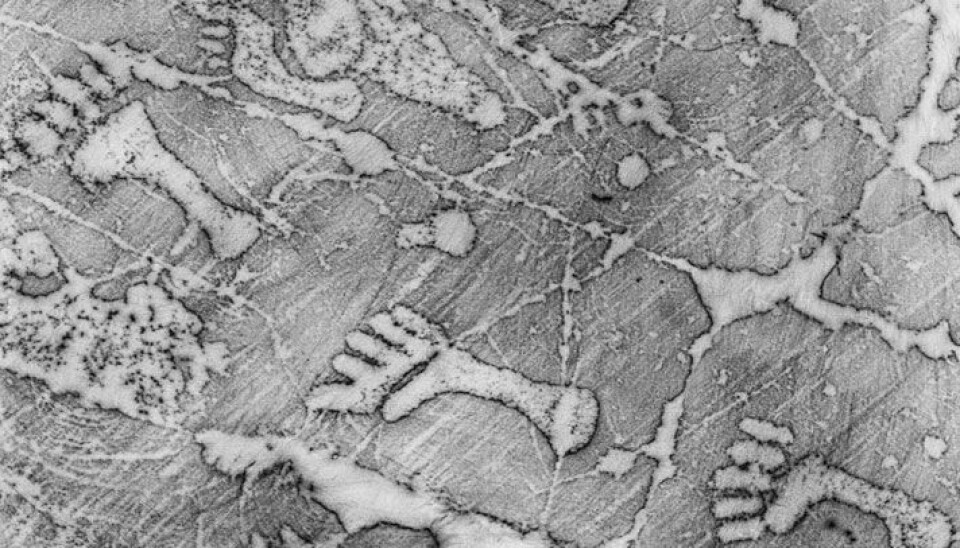
Hard to walk in ancestral moccasins
Did Bronze Age people make petroglyphs to contact the underworld? Did they think their carvings of animals would help them in hunts? Or were they marking their territory?
Rock carvings of the soles of naked feet pairs are found in Järrestad in Skåne, southeastern Sweden. These were scraped into the rock some 2,500 years ago.
Feet are the only parts of the human body to be depicted in full size in Scandinavian rock carvings. Such particular petroglyphs are thus assumed to be closely linked to the persons whose feet are represented.
This is the contention of Associate Professor Peter Skoglund of Gothenburg University’s Department of Historical Studies, who has published a study of foot carvings in the Norwegian Archaeological Review.
Skoglund thinks these feet are carved into the rock as part of some ritual – perhaps to ceremoniously mark that a person was attaining a new role in the group. It could be a coming-of-age ritual akin to a confirmation or bar mitzvah.

“I think the rock carvings were elements of rituals. The foot carvings are probably linked to the body and the path of a life. On the other hand, images of boats can be linked to rituals involving the sea.”
Not all archaeologists agree.
Conjecture
It has long been thought that rock carvings were made to bring good fortune to a hunt. The carving of a whale would help in spearing one.
Fewer now make that assumption. The current trend among the experts is to link the rock art with, for instance, rituals of transition in life or attempts at contacting a metaphysical dimension – a spirit world.

Peter Skoglund says the association of the carvings with rituals now draws the most adherents.
But Associate Professor David Vogt at the University of Oslo’s Museum of Cultural History has his doubts.
He has written a response to Skoglund’s research paper on the images of feet at Järrestad.
“There are grounds for asserting that the rock carvings are linked to rituals, but other theories can also be advanced,” he says.
Rock carvings and grazing areas
Vogt has charted such Bronze Age petroglyphs in Norway’s Østfold County, where he has interpreted the rock art with communicative functions to people in the vicinity.
On the basis of an analysis conducted by the Norwegian Forest and Landscape Institute, in association with the Norwegian University of Life Sciences in Ås, Vogt found evidence that the rock
carvings could have been territorial markers. Analyses suggested that they were made in connection with what was probably grazing areas.
Grazing areas for livestock were vital for these early Scandinavians, explains Vogt.
“Thousands of petroglyphs were carved in the important grazing areas. Perhaps these represented one group’s interests as opposed to another’s?”
Little known about the Bronze Age
He reminds us that interpretation of Scandinavian rock art is not an exact science with pat answers.
“We know little about this Bronze Age culture and that makes it hard to understand their art. We would probably be flabbergasted if we could travel back in time and see what was going on.”
Knut Helskog is a professor of archaeology at Tromsø University Museum. He has researched rock carvings from the hunter-gatherer cultures of the High North and seen his share of these fields of these petroglyphs.
The rock art he researches is older than the foot depictions that Skoglund has studied. The rock carvings up north portray large, important animals, hunting scenes, boats and human figures which can be 6,000 to 7,000 years old.
Helskog thinks it hard to categorise rock carvings as either ritualistic or not. Where do you draw the line between the two in such prehistoric times, or how do you define a ritual?
“If you say a ritual is something you do to achieve a particular goal, I’ll agree that the rock carvings are ritualistic. But you cannot say that this is wholly religious or entirely secular. That’s impossible to ascertain.”
Peter Skoglund thinks one could call an activity a ritual if it is repeated at a particular place or time, and when participants contribute to giving it meaning.
Fusion
Helskog does not think there is any contradiction between interpreting rock carvings as something ritual and interpreting them as communication, either with other people or with the animal which is carved into the rock.
“It can be a form of communication with the animal or whatever the animal symbolised. They could also have used the rock carvings to relate a story or a myth. You can say that it could have been a ritual, but from any angle it will still be communication.”
Helskog says we can consider these to be part of a ritual or we could say they represent a discourse between partners on an equal footing who share the territory. There is no simple, all-encompassing explanation. Perhaps something is hoped to be achieved in one particular figure, and something entirely different in another context.
“I think some of the rock carvings might even have functioned as notifications telling outsiders that ‘this is where we are and these are our hunting grounds’. Making a sign like that could concurrently have ritual value.”
Translated by: Glenn Ostling
